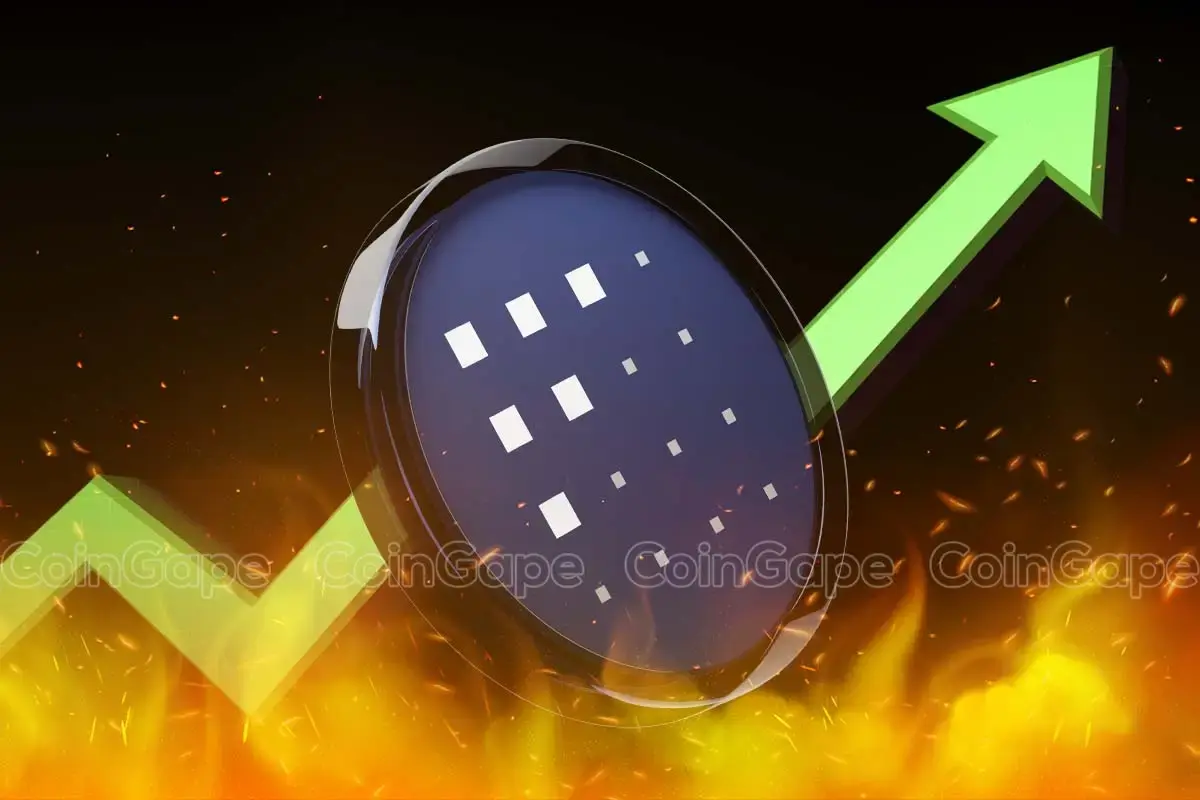Crypto

Fetch.ai
FET
Fetch.ai
1.268
2.33%
≈1.2723
Metaverse
NFT
IOT/MachineFi
Artificial Intelligence(AI)
The collection
Circ/Total Supply
2604959126/2714493896
96%
Volume/24h%
166286226.339892
2.33%
#43
24h Turnover
5.03%
24h
2.33%
7d
-4.82%
3mo
-9%
6mo
-12%
1y
109%
All
- -
Chain
GoPlus
Ethereum,BSC

Algorithm
Consensus
PoW
Launch Date
2021-02-15
Token Distribution
Website
Whitepaper
Social Media
Social Media

Explorer
Explorer

Cryptocurrencies
$3,302,964,422.67
MC %
0.1%
FDV
$3,441,849,307.56
Circulating Supply
2,604,959,126 FET
Total Supply
2,714,493,896 FET
Circ. Rate
95.9648%
Max Supply
2,714,493,896 FET
Listed Date
2021-02-15
Listed DEX/CEX
37
Initial Price
$0.09
Project Info
check more
Fetch.AI ("the Project") brings together machine learning ("ML"), artificial intelligence ("AI"), multi-agent systems and decentralized ledger technology to create an economic internet — an environment where digital representatives of the economy's moving parts (such as data, hardware, services, people and infrastructure) can get useful work done through effective introductions and predictions
| Distribution of tokens | Number of | Percent |
|---|---|---|
| The foundation | 2305995 | 20% |
| The founder of | 2305995 | 20% |
| investors | 2029276 | 17.6% |
| A future version | 2006216 | 17.4% |
| mining | 1729496 | 15% |
| consultant | 1152998 | 10% |
Fetch.ai Related Information

Can FET Price Hit $3 Amid 5M Token Burn Plan & Soaring AI Hype?
CoinGape

2025.01.04 13:54

$TAO, $FET, and $RENDER Lead the Top AI Coins Based on Social Activity
blockchainreporter

2024.12.29 16:45

